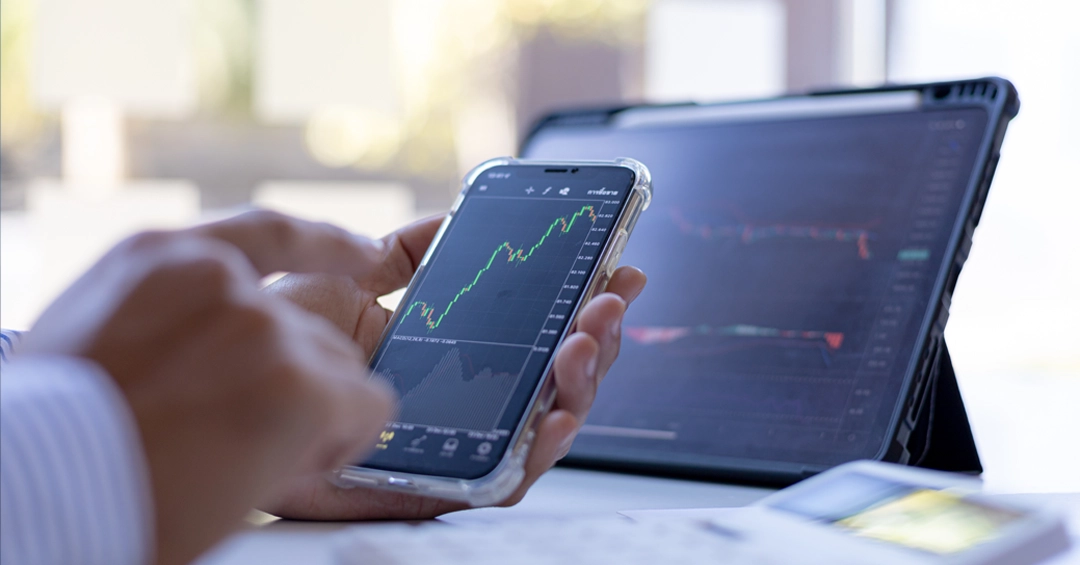Whether you’re planning a food festival, trade fair, or community event, understanding how to calculate the economic impact of an event is vital. It helps you go beyond the surface-level numbers like ticket sales and attendance to see the real value your event brings to the local economy.
From increased hotel bookings to boosted retail sales and transport use, events create a ripple effect across communities. By measuring this, you can justify funding, secure future sponsorships, and plan with greater confidence.
In this guide, we’ll break down the process into manageable steps and share the tools that can help you deliver accurate, trustworthy results.
Why It’s Important to Measure Economic Impact
Understanding the economic impact of an event helps stakeholders—from local councils to business partners—see the bigger picture. It’s not just about what happens during the event itself; it’s about the wider economic benefit that stays behind.
Here are just a few reasons why event organisers should take this seriously:
- It gives sponsors and funders clear, evidence-based insights.
- It supports applications for grants and public support.
- It helps in understanding visitor behaviour and spending.
- It aids long-term planning and justifies investment in infrastructure.
Without knowing how to calculate economic impact of an event, organisers miss out on the opportunity to showcase their value in measurable, meaningful terms.
How to Calculate the Economic Impact of an Event: Step-by-Step
So, what does the process actually involve? The good news is that it’s more accessible than it sounds. While larger events might require complex modelling, most organisers can get reliable results by following a structured approach.
1. Define the Scope of Your Impact
Start by clarifying what kind of impact you want to measure. When learning how to calculate economic impact of an event, it’s useful to understand the three main categories:
- Direct impact: Visitor spending on hotels, food, transport, tickets, etc.
- Indirect impact: Local businesses benefiting through supply chains.
- Induced impact: Extra spending generated as a result of increased income from the event.
Deciding which of these to include will shape the rest of your analysis.
2. Collect Reliable Data from Attendees
Data is at the heart of knowing how to calculate economic impact of an event accurately. Surveys, event ticketing and online registration, and booking records can all provide valuable insights into:
- The number of visitors (and how many are from outside the area)
- The duration of their stay
- Their average daily spend
Even for small-scale events, gathering this data provides a strong foundation for your calculations.
3. Use a Suitable Multiplier
To reflect the wider knock-on effects, you’ll need to apply a regional or industry-specific multiplier. This step is key in understanding the economic impact of an event beyond immediate spending.
Multipliers account for how money flows through the local economy. You can source these from:
- Regional economic development agencies
- National statistics offices
- Event-specific impact studies
4. Run the Numbers
Once you’ve got your figures and multiplier, you’re ready to crunch the numbers. The formula for how to calculate economic impact of an event is simple:
Economic Impact = Number of Visitors × Average Spend × Multiplier
For example:
2,500 visitors × £200 spend × 1.5 multiplier = £750,000 total impact
This provides a realistic estimate of the financial value your event contributes to the local economy.
Tools to Support the Process
While it’s helpful to understand the methodology, using the right tools can make the process faster and more accurate. Many platforms are designed specifically for those learning how to calculate economic impact of an event.
Recommended tools include:
- EventIMPACT Calculator – A straightforward tool for event professionals
- IMPLAN & RIMS II – More complex modelling platforms, used in large-scale economic assessments
- Excel-based templates – Great for DIY calculations and small-to-medium events
Choosing the right tool depends on your event size, available data, and reporting needs.
Common Mistakes to Avoid
Even if you understand the basic concepts, it’s easy to fall into a few common traps that can lead to inflated or inaccurate results.
Here’s what to look out for:
- Guessing rather than using actual data
- Using multipliers that aren’t regionally relevant
- Double-counting indirect and induced impacts
- Ignoring visitor displacement (e.g. people who would’ve visited anyway)
A careful, conservative approach leads to more credible and useful outcomes.
Consider the Wider Picture
While the financial side is critical, part of learning how to calculate economic impact of an event is recognising its social and environmental effects too. Stakeholders increasingly want to see well-rounded evaluations that go beyond pounds and pence.
Think about including:
- Social impact: Community involvement, volunteering, public engagement
- Environmental impact: Travel emissions, waste, energy use
- Cultural value: Promotion of local heritage, increased tourism interest
These elements might not always have a direct pound value, but they contribute to the event’s long-term legacy.
Conclusion
Knowing how to calculate economic impact of an event gives you a powerful tool for storytelling, planning, and growth. It helps demonstrate the value your event brings not just to attendees, but to local communities, businesses, and stakeholders alike.
At the end of the day, the impact of an event goes beyond the bottom line. It’s about the stories told, the communities strengthened, and the lasting benefits that ripple out long after the final guest has gone home.
If you would like to subscribe to our newsletter to get live updates on everything related to our platform – news, blogs, events, announcements and much more, please, register here.

